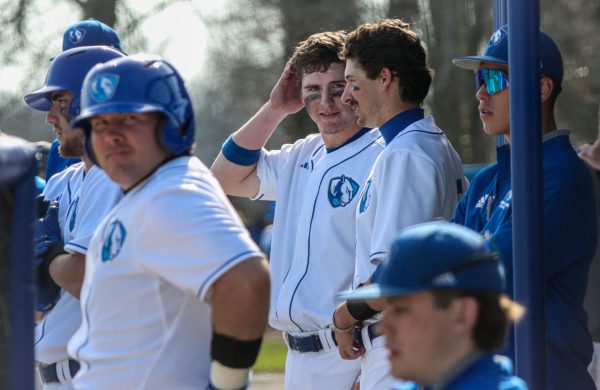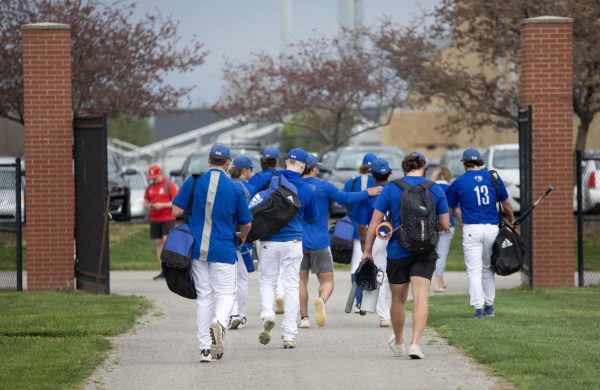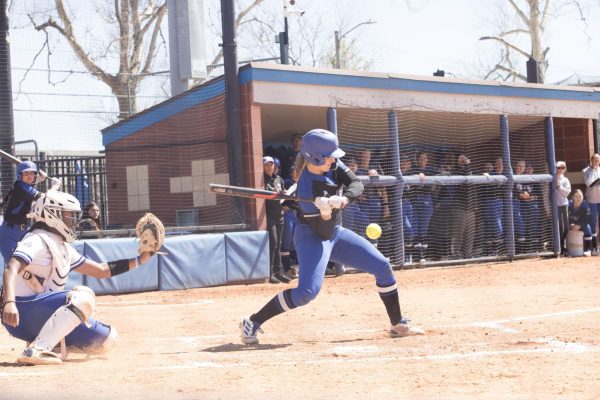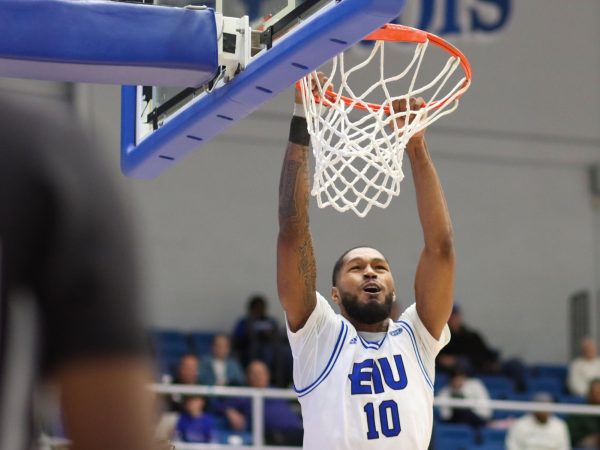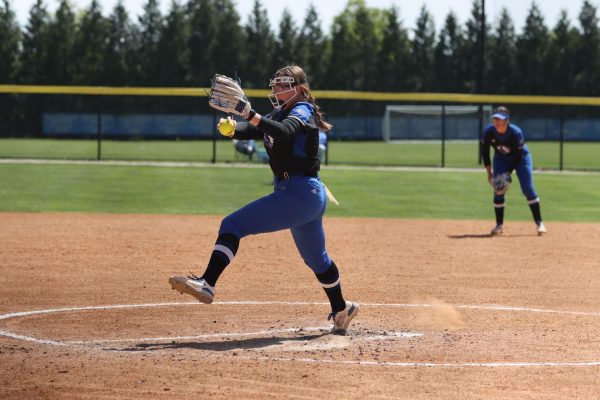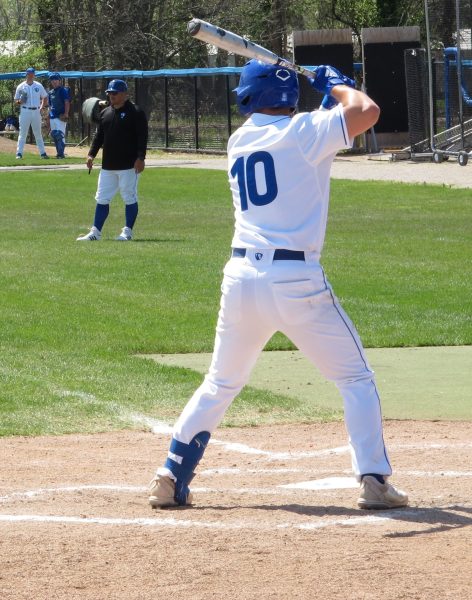Indoor season sets Panthers back
Throughout the entire school year, track and field athletes have to deal with differing conditions because their season is split into two different styles of running.
Unlike other sports which are consistently played either indoors or outdoors for the entire season, track and field runs one season outside and another indoors.
Above all the weather is key difference between the two seasons. The athletes have to understand and adapt to the differences between the styles of running.
When competing outdoors, athletes must prepare for harsh wind and weather conditions which could affect the tempo of the meet and the athlete’s ability to perform.
“I believe working hard during the indoor season sets the table for outdoor, but in the end they are still two separate seasons,” Eastern head coach Tom Akers said.
Another key factor that distinguishes outdoor and indoor track and field is the size of the track itself. Indoor tracks are 200 meters which is half the distance of an outdoor track.
Because of this, many sprints are cut in half leaving sprinters with less room to catch up. This could also affect athletes in the sense that the curves are run slower than the straight-aways. This fact could have a slight affect on times when considering that an athlete will run twice as many curves indoors.
If the indoor season does prepare runners for the outdoor season, like Akers said, then some runners are taking advantage of that theory.
It seems that junior Dave Carlson is already setting the table for the outdoor 3000 meters after looking at his performance at the Hoosier relays this past weekend. Carlson finished the race first with a time of 8 minutes and 23 seconds.
“His performance was outstanding,” Akers said. “Some guys took off early but he stuck with his game plan and ran the leaders down in the second half.”
Other top performances made by athletes of the Eastern track and field team were made by freshman Chris Wesson, who finished third in the 800 meters, and junior Denise Jones, who finished fourth in the women’s high jump.
While some individual performances may have impressed Akers, he wasn’t quite as pleased with the team’s effort overall.
“We performed pretty mediocre I thought,” Akers said. “We had some people that were really ready to compete and we had some that weren’t mentally focused.”



































